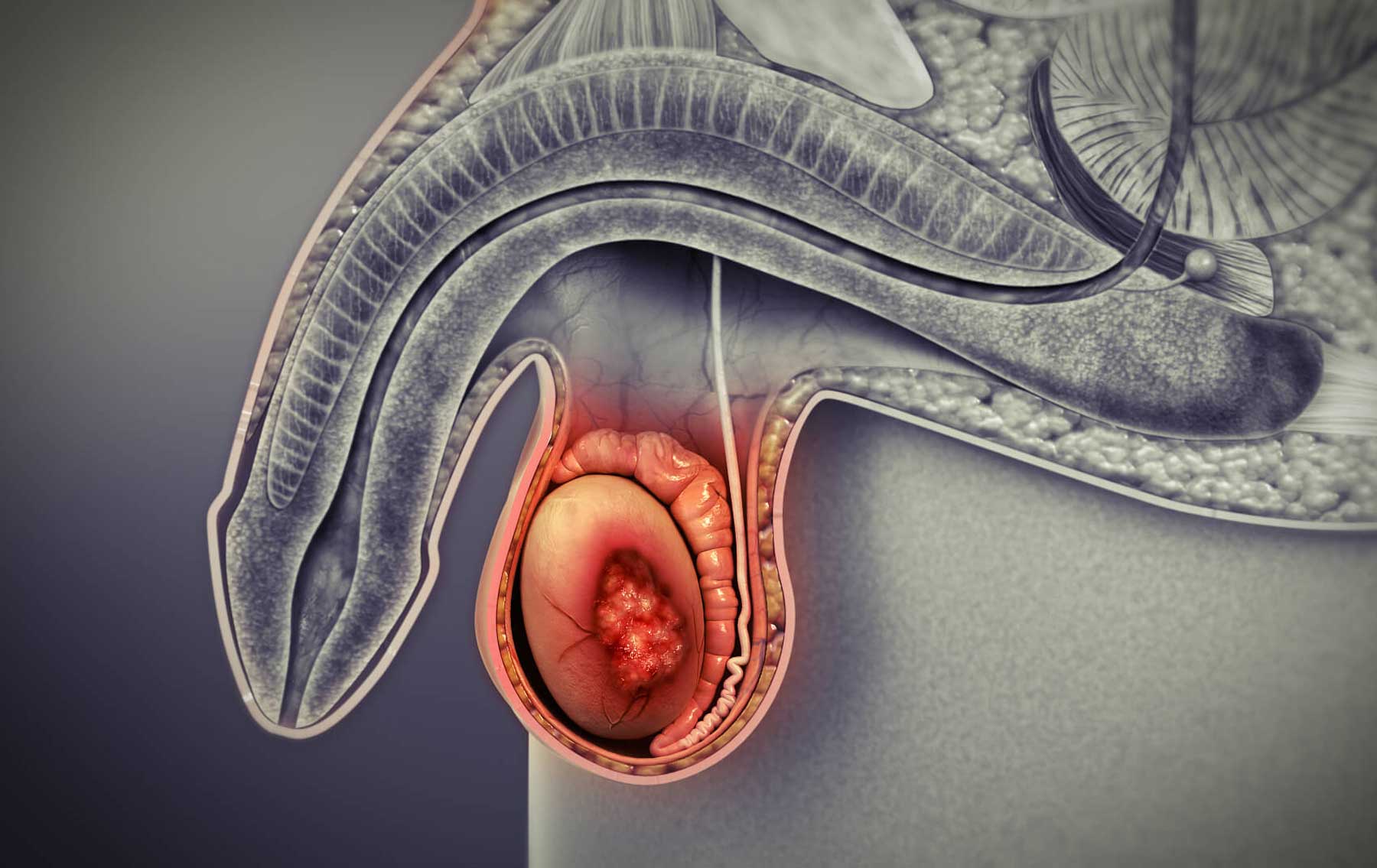Testicular Cancer Testicular cancer is the uncontrolled growth of abnormal cells in one or both…

Bladder cancer
This type of cancer occurs in the bladder — the organ that stores urine. The bladder has an inner lining surrounded by a layer of muscle. Bladder cancer begins in the inner lining of the bladder. It is usually discovered before it has spread past this lining.
Risk factors
- Cancer-causing substances such as tobacco smoke and chemicals in the environment
- Exposure to certain industrial chemicals
- Long-standing bladder stones
Bladder cancer tends to return in people who have had the disease.
Treatments
Most bladder cancers start with mutations that occur in the cells that line the bladder. These are called transitional cells, and this type of cancer is transitional cell cancer.
Bladder cancer is best thought of in three ways:
- Superficial bladder cancer involves the lining of the bladder.
- Invasive bladder cancer means the cancer has spread to the muscular wall that makes up much of the bladder.
- Metastatic bladder cancer occurs when the cancer has spread to either the lymph nodes that surround the bladder or into other organs of the pelvis or abdomen or the lungs.
The three types are treated differently:
- For superficial bladder cancer, the urologist removes the tumors using a cystoscope. During the procedure, the doctor may instill medication into the bladder to decrease the risk of recurring cancer. The medication may be chemotherapy (so called intravesical chemotherapy) or an immune-stimulating agent, such as BCG. The bladder is periodically checked to make sure the cancer has not returned.
- Invasive bladder cancer is generally treated by removing the bladder and replacing it with an artificial bladder, generally made out of the patient’s intestine. Sometimes, chemotherapy or radiation or both is recommended.
- Metastatic bladder cancer, which has spread to the lymph nodes or to the liver or other organs, is generally treated with chemotherapy taken by mouth or given intravenously. The treatment is usually given over several months.
Reference:
- https://www.health.harvard.edu/a_to_z/bladder-cancer-a-to-z
- Bladder Cancer on Wikipedia
- Photo from: scientificanimations.com



